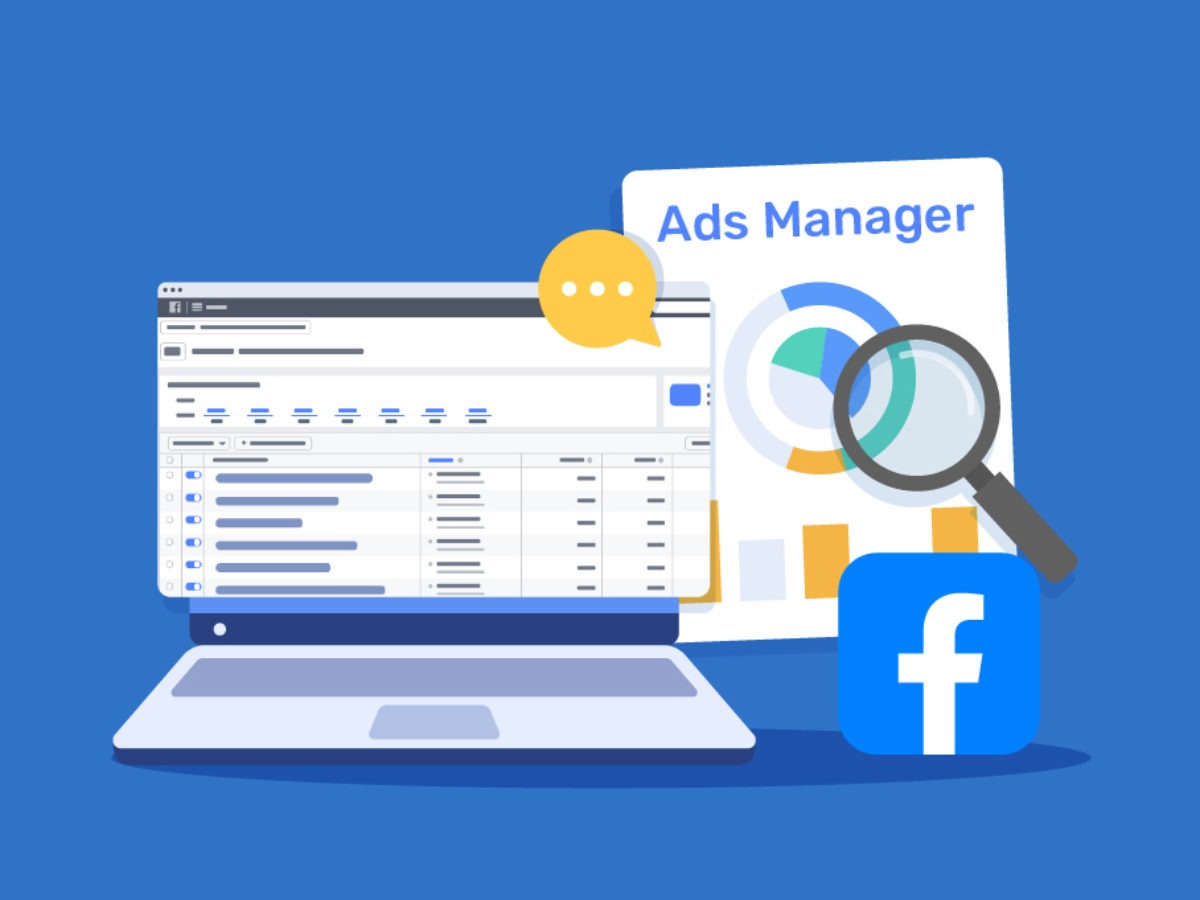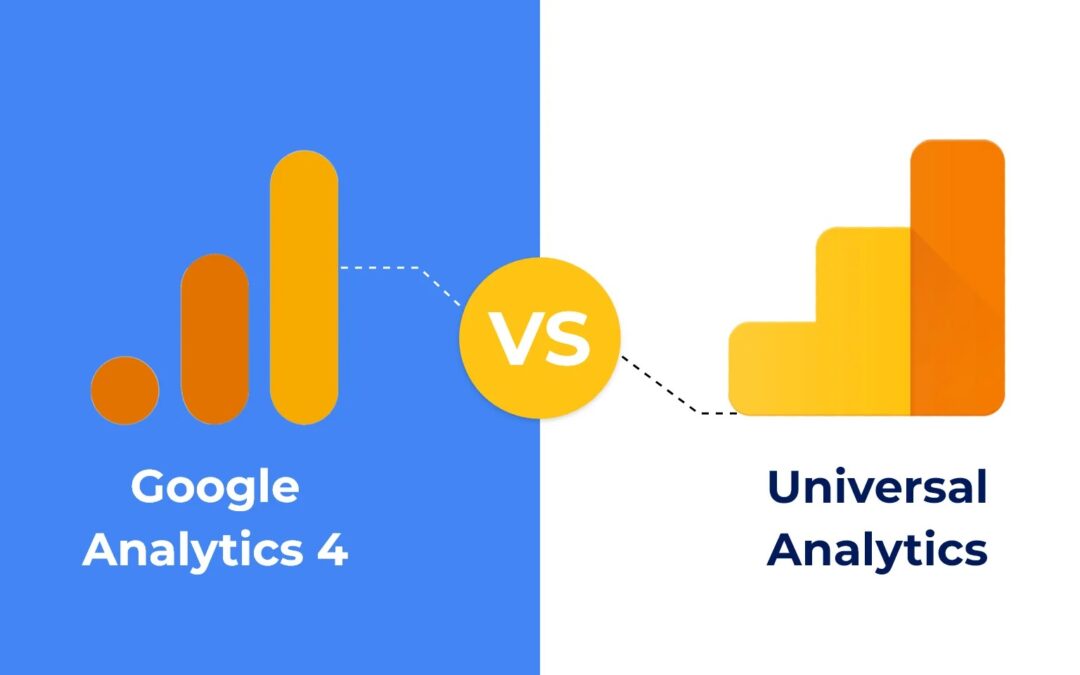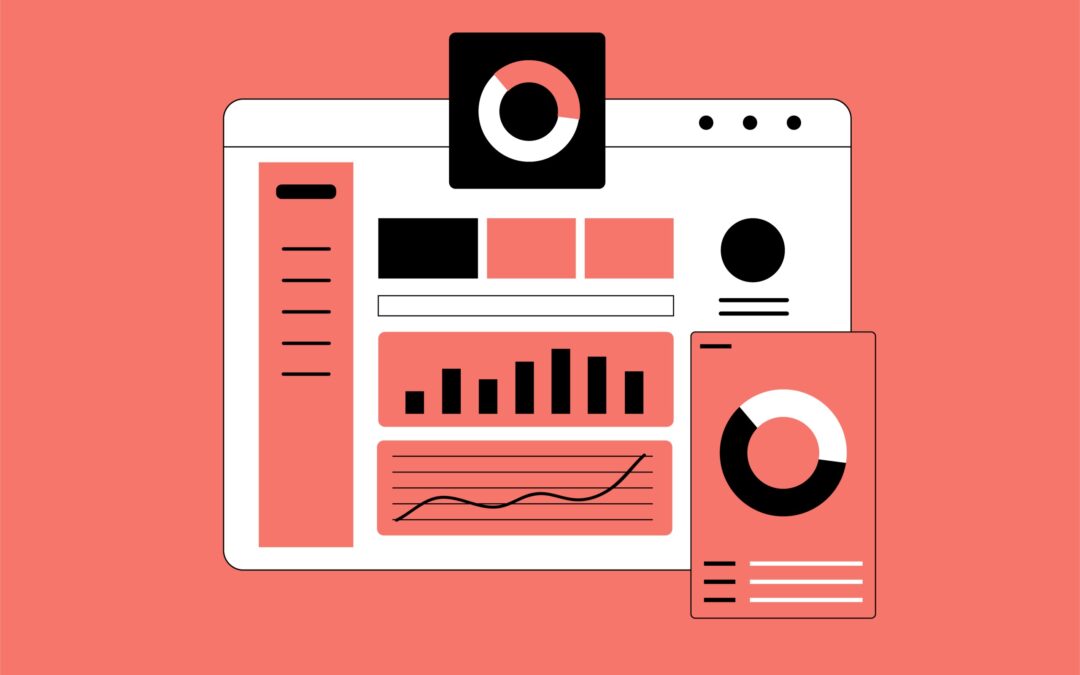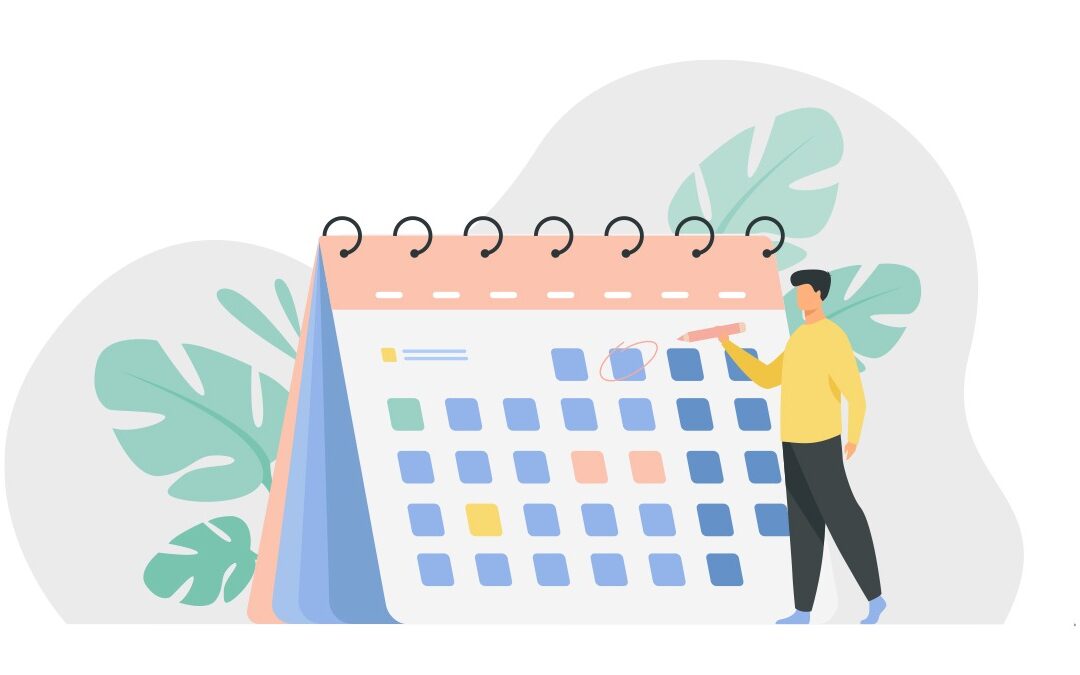The ability to adapt and the constant search for improvement have been demands of the working environment for years, especially in the field of marketing, where they become increasingly exclusive requirements. In this context, Facebook Ad Manager is presented as a strategic ally to enhance our advertising campaigns. How to maximize its potential? The answer lies in carrying out effective experiments.
In the fast-paced world of digital marketing, the ability to adapt and the constant search for improvements are key. In this sense, Facebook Ad Manager stands as a strategic ally to boost our advertising campaigns. How to maximize its potential? The answer lies in carrying out effective experiments.
Successfully Experimenting with Facebook Ads Manager
Today, we will explore together how to conduct experiments on Facebook Ad Manager effectively. This tool, ubiquitous in the arsenal of any digital marketer, is a fertile ground for innovation and optimization.
1. Types of Experiments:
- Demographic Segmentation: Dividing your audience into demographic segments allows you to better understand who you are reaching and adjust your strategy accordingly.
- Ad Format: Still images or short videos? Experiment with different formats to determine which resonates best with your audience.
- Audience: take advantage of the wide variety of audiences that Facebook Ads offers. Audiences by interests, behaviors, Look a Like or Remarketing allow you to reach a wide variety of audiences. Having so many options to choose from can be a double-edged sword. So experiment and test quickly to know in the most economical way what your ideal audience is.
Key Metrics:
- CTR (Click-Through Rate): Evaluates the effectiveness of your ad by measuring the ratio of clicks to impressions. A high CTR indicates relevance and attractiveness.
- CPC (Cost per Click): Controls the spend per click. A low CPC is synonymous with cost efficiency.
- Conversions: Is your ad generating the desired actions? Analyze conversions to understand the real impact on your end goal.
- CPA (Cost per Action or conversion): is the average money spent for someone to perform a desired action, such as making a purchase in your ecommerce from your ad.
When to Stop an Experiment?
- Stability of Results: If you notice that the results remain stable over an extended period of time, it is likely that you have found the winning formula.
- Statistical Significance: Use statistical tests to ensure that the results are not simply a matter of chance. Rely on solid data.
Practical Examples: Action Learning
Imagine you are promoting a line of skin care products. When you conduct an ad format experiment, you discover that short videos generate 30% more engagement than static images. This insight allows you to adjust your strategy and boost the impact of your campaigns.
Another example could be in terms of demographics. Let's say you are promoting subscription services to a music platform. After running experiments, you notice that users between the ages of 18 and 24 have a 20% higher conversion rate than other age groups. By knowing this demographic, you can tailor your advertising strategy to more effectively target this audience segment.
Conclusion: Knowing When to Declare Victory
In the fast-paced world of digital marketing, the key is not only to experiment, but also to know when to stop. When the data speaks and consistently shows superior performance in a variant, it's time to declare it victorious. Facebook Ads provides you with an alternative to pause an experiment in case it detects by statistical means a winner. We recommend you use it.
In short, Facebook Ad Manager is not just a platform for launching ads, but a playground for innovation and optimization. By embracing the mindset of experimentation, digital marketers can discover new ways to impact their audience more effectively.
Additional tailor-made tools
Master Metrics offers an essential functionality through its alerts module, providing users with the ability to receive notifications in an efficient and personalized way. With this tool, it is possible to set up alerts to receive notifications via email or through your preferred task manager. Once you have set up your experiment and defined the Key Performance Indicators (KPIs) crucial for its evaluation, you can adjust the frequency of the alerts, even with intervals as short as every hour. This ensures constant and detailed monitoring of the KPIs, allowing you to be aware of significant changes in real time. This ability to monitor and receive accurate alerts according to your specific needs significantly improves operational efficiency and facilitates informed decision-making based on evolving experiment data.






